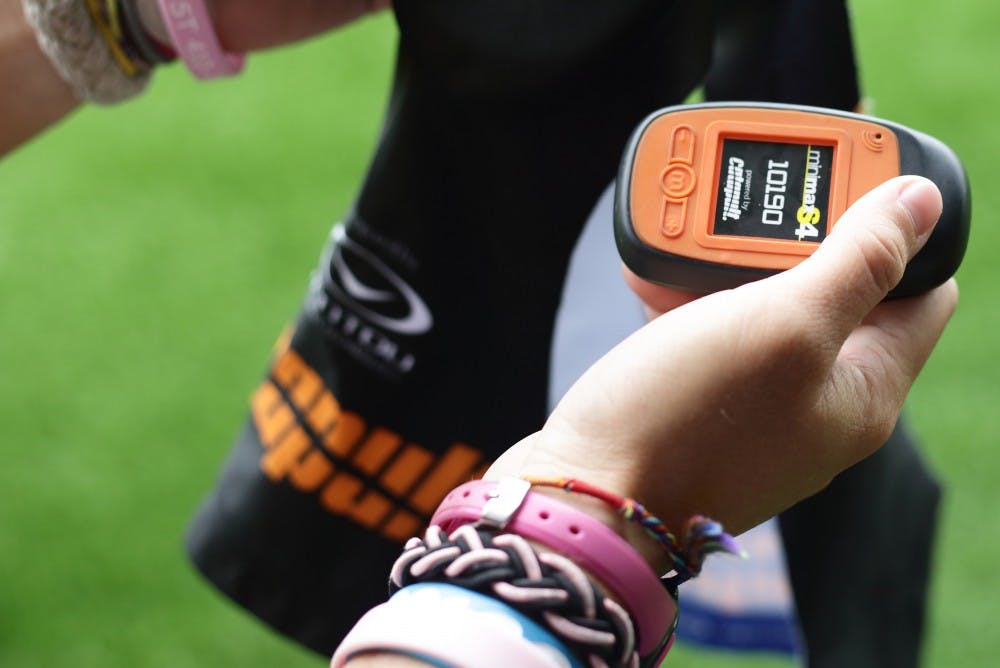Preseason training for the North Carolina field hockey team was slightly different this fall than in previous years.
In addition to knotting laces and donning athletic gear, the players also strapped on 10 new GPS devices.
These devices were purchased in August from Catapult Sports for $1,000 per unit through money from the sports medicine program, strength and conditioning program and women’s soccer program. They are used to track a variety of statistics for the field hockey team, as well as the women’s and men’s soccer teams.
“We hope this pilot program will help us get an idea of how useful these (devices) can be for our teams and of the ways we can use them to enhance our athletes’ training and overall fitness,” said Greg Gatz, director of strength and conditioning.
Gatz first introduced the devices to UNC as a way to measure velocity, distance and movement of players during games and practice.
In addition to these assessments, the GPS monitors also calculate the amount of time that players spend in different velocity zones — walking, jogging and sprinting.
This information helps field hockey coach Karen Shelton tailor her practices to game-specific needs.
“We find that the longest sprint in a game is 73 yards,” she said. “We don’t need to be doing 120 (yard sprints) if the longest sprint we’re ever going to run is 73 yards. So we can go shorter and sharper in those training distances.”
The monitors can also determine where the players are running on the field during games.




